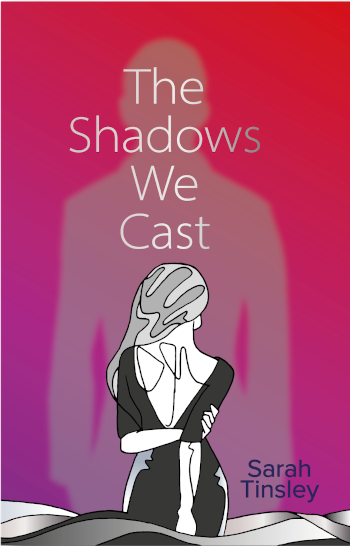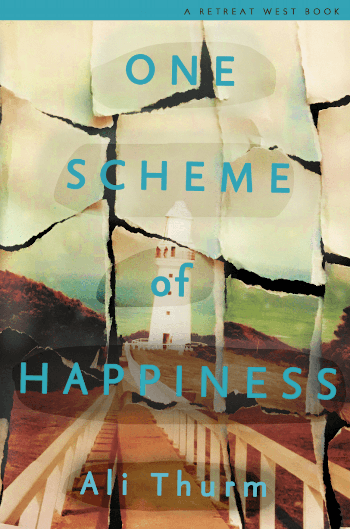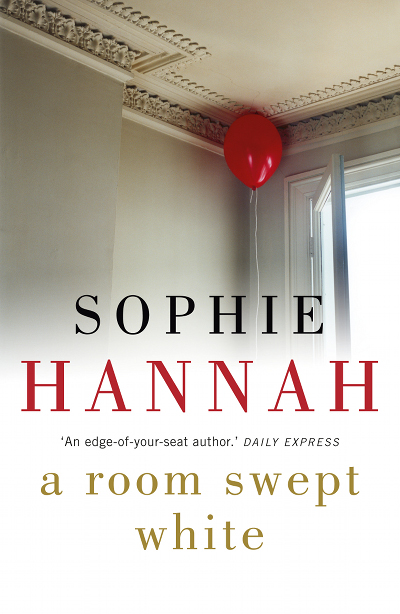 With chapters headed by names and starting with two time-frames (Now, After), the moment you open The Shadows We Cast by Sarah Tinsley, it’s clear we’re in psychological thriller territory. The first chapter, from Nina’s point of view, crackles with alarm, while the second, from Eric’s viewpoint, is no less gripping.
With chapters headed by names and starting with two time-frames (Now, After), the moment you open The Shadows We Cast by Sarah Tinsley, it’s clear we’re in psychological thriller territory. The first chapter, from Nina’s point of view, crackles with alarm, while the second, from Eric’s viewpoint, is no less gripping.
Tinsley layers in sharp, pithy descriptions that match the tone: “His pulse is a train-click”, “The stretched darkness of winter has always grated on him.” We’re fed settings and circumstances line by atmospheric line, so we’re fumbling with the characters to understand what’s happened and who is in the wrong.
There’s humour too, as Nina navigates the perils of getting a coffee at work while avoiding chat, speeding past “the HR lot, wallowing around the kitchen like it’s a watering hole” and passing Brian in Sales, who, thankfully “seems safely amused by something on his phone, either that or he’s checking up his nostrils.”
Later, a group of ‘office drones are described through Eric’s eyes as having “gel swooping their hair, like a wind has caught each one in a different direction.”

 A deliciously discomforting read that will creep under your skin.
A deliciously discomforting read that will creep under your skin.